In this post, we bring you Class 6 Social Science, Chapter 12 – Grassroots Democracy (Local Government in Urban Areas) important Questions and Answers. These solutions are written in simple and detailed language, specially made for Class 6 students. They will help in exam preparation, homework, and revision.
✨ NCERT Class 6 Social Science – Chapter 12: Grassroots Democracy – Part 3 Local Government in Urban Areas | Questions and Answers
Find all important Questions and Answers from Class 6 Social Science Chapter 12 – Grassroots Democracy (Local Government in Urban Areas). Easy & detailed answers for exam preparation.
The Big Questions (Page 173–174)
Q1. What are urban local bodies and what are their functions?
👉 Urban local bodies are the local government institutions that work in towns and cities. They maintain roads, streetlights, water supply, drainage, garbage collection, burial grounds, and collect local taxes. They also help in planning for the social and economic development of the area.
Q2. Why are they important in governance and democracy?
👉 Urban local bodies are important because they bring democracy closer to the people. Citizens elect their representatives, who can understand and solve local problems. They also encourage citizens to be responsible, making democracy stronger.
Let’s Explore (Page 174)
Q3. Why is a city like Kolkata, Chennai or Mumbai more complex and diverse than a village?
👉 Cities are bigger and have more people from different religions, languages, and professions. They have busy roads, industries, tall buildings, and more facilities. This makes cities more complex and diverse compared to villages.
Q4. Make a list of communities living in any city you know. What did you observe?
👉 In a city, many communities like Hindus, Muslims, Christians, Sikhs and others live together. People from different states also stay there. We observe that cities are full of cultural diversity and mixed traditions.
Let’s Explore (Page 175)
Q5. What are the similarities and differences between Panchayati Raj and Urban Local Government?
👉
- Similarities: Both are local governments, both have elected representatives, both solve people’s problems.
- Differences: Panchayati Raj works in villages, while Urban Local Bodies work in towns and cities. Cities face more complex issues like traffic, drainage and garbage management.
Let’s Explore (Page 177)
Q6. What 4–5 actions can responsible citizens take to help their city?
👉
- Throw garbage in dustbins and separate wet/dry waste.
- Save water and report leakages.
- Follow traffic rules.
- Help neighbours and community.
- Report problems like broken roads or streetlights.
Let’s Explore (Page 179)
Q7. How can we find whether a city has a Nagar Panchayat, Municipal Council or Municipal Corporation?
👉 By checking the population:
- More than 10 lakh → Municipal Corporation
- Between 1–10 lakh → Municipal Council
- Less than 1 lakh → Nagar Panchayat
Q8. How do urban local bodies fund their activities?
👉 They collect money through property tax, water charges, business licenses, fines, and paid services like water tankers and debris clearance.
Think About It (Page 179)
Q9. Indore has been the cleanest city for seven years. What role did citizens play?
👉 Citizens followed cleanliness rules, separated garbage, reduced plastic use, and supported the municipal corporation. Their cooperation made Indore the cleanest city.
Questions, Activities and Projects (Page 181–182)
Q10. What would you do if you saw a leaking water pipe?
👉 I would inform the municipal authorities or elders immediately so that the leakage is repaired and water is saved.
Q11. If a member of an urban local body visited your class, what questions would you ask?
👉 Possible questions:
- What are your main duties?
- How do you solve problems in the city?
- How can citizens help you?
- What challenges do you face in your work?
Q12. What do family members and neighbours expect from urban local bodies?
👉 They expect clean roads, proper drainage, drinking water, electricity, garbage collection and health facilities.
Q13. What are the characteristics of a good urban local body?
👉 A good urban local body should provide services on time, listen to citizens, use taxes properly, keep the city clean, and act quickly during emergencies.
Q14. What are the similarities and differences between Panchayati Raj (rural) and Urban Local Bodies (urban)?
👉
- Similarities: Both are local governments with elected representatives, both solve local problems.
- Differences: Panchayati Raj is for villages with simpler needs, while Urban Local Bodies are for cities with more complex problems like traffic, drainage, garbage and streetlights.
📘 NCERT Class 6 Social Science – Chapter 12
Grassroots Democracy – Part 3 Local Government in Urban Areas
Complete Question List (Page-wise)
| Page No. | Question Type | Question |
|---|---|---|
| 173–174 | The Big Questions | 1. What are urban local bodies and what are their functions? |
| 2. Why are they important in governance and democracy? | ||
| 174 | Let’s Explore | 3. Why is a city like Kolkata, Chennai or Mumbai more complex and diverse than a village or a town? |
| 4. With your classmates, make a list of diverse communities residing in any city that you are familiar with. How many were you able to list? What else do you observe in the list? | ||
| 175 | Let’s Explore | 5. In Fig. 12.2 above, what similarities and differences do you notice between the Panchayati Raj system and the urban local government? |
| 177 | Let’s Explore | 6. Can you think of four or five more actions that responsible citizens might take to help their area of the city? |
| 179 | Let’s Explore | 7. Select a few cities, from your State and from a few neighbouring States. How will you find out if they have a Nagar Panchayat, Municipal Council or Municipal Corporation? |
| 8. How do urban local bodies fund their activities? (Hint: Look carefully at the pictures of the functions performed by Indore Municipal Corporation in Figure 12.4 on page 178.) Are some of them paid services? | ||
| 179 | Think About It | 9. Indore in Madhya Pradesh has been awarded the cleanest city in India under the Swachh Survekshan government scheme for seven years in a row. What could have been the role of Indore citizens in this achievement? |
| 181–182 | Questions, Activities & Projects | 10. On your way to school, you and your friends notice that a water pipe is leaking. A lot of water is being wasted on account of the leak. What would you and your friends do in such a situation? |
| 11. Invite a member of an urban local body near you to your class. Discuss with them their role and responsibilities. Prepare a set of questions to ask them so that the meeting is fruitful. | ||
| 12. Discuss with adult members of your family and neighbourhood, and make a list of their expectations from the urban local bodies. | ||
| 13. Make a list of characteristics of a good urban local body. | ||
| 14. What are the similarities and differences between the Panchayati Raj system in rural areas and the urban local bodies? |
📝 Conclusion
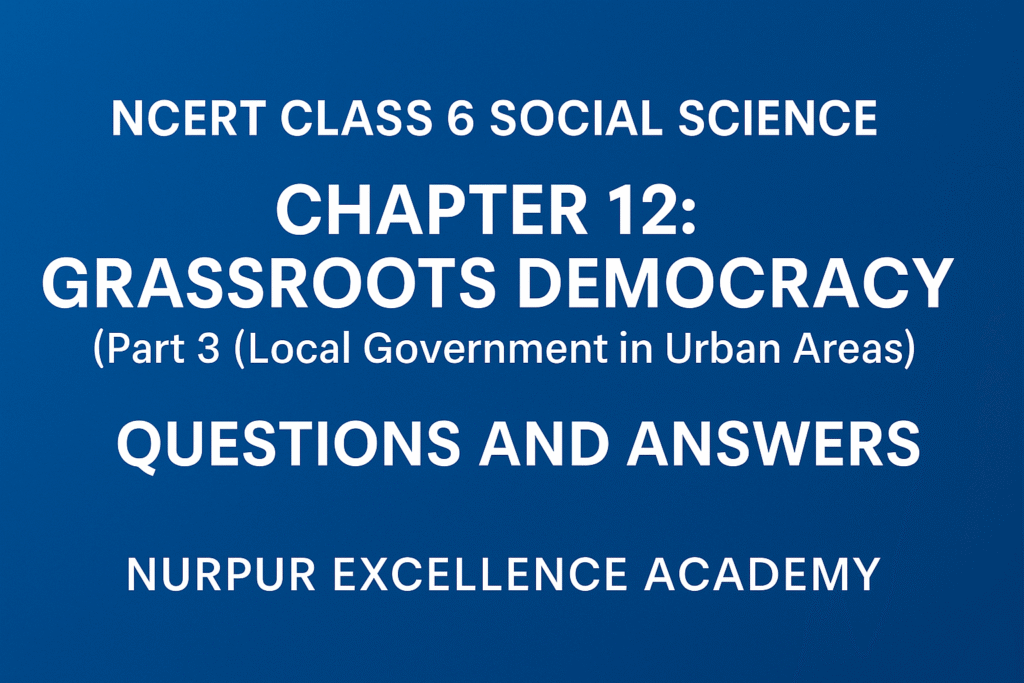
This chapter teaches us that democracy works best when people participate at every level – from villages to cities. Urban Local Bodies make city life better by solving local problems, but citizens also have responsibilities. Together, they keep democracy strong.
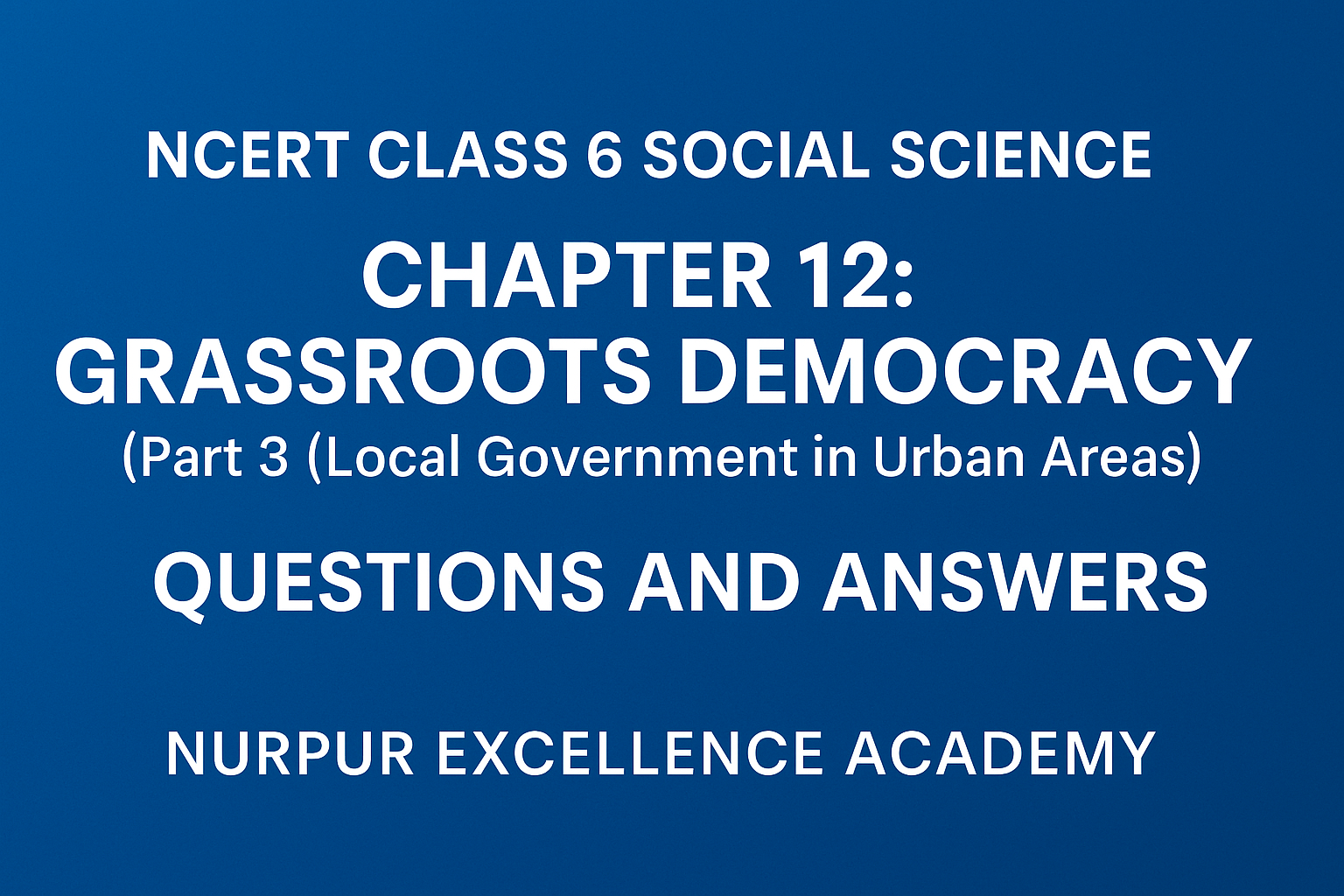
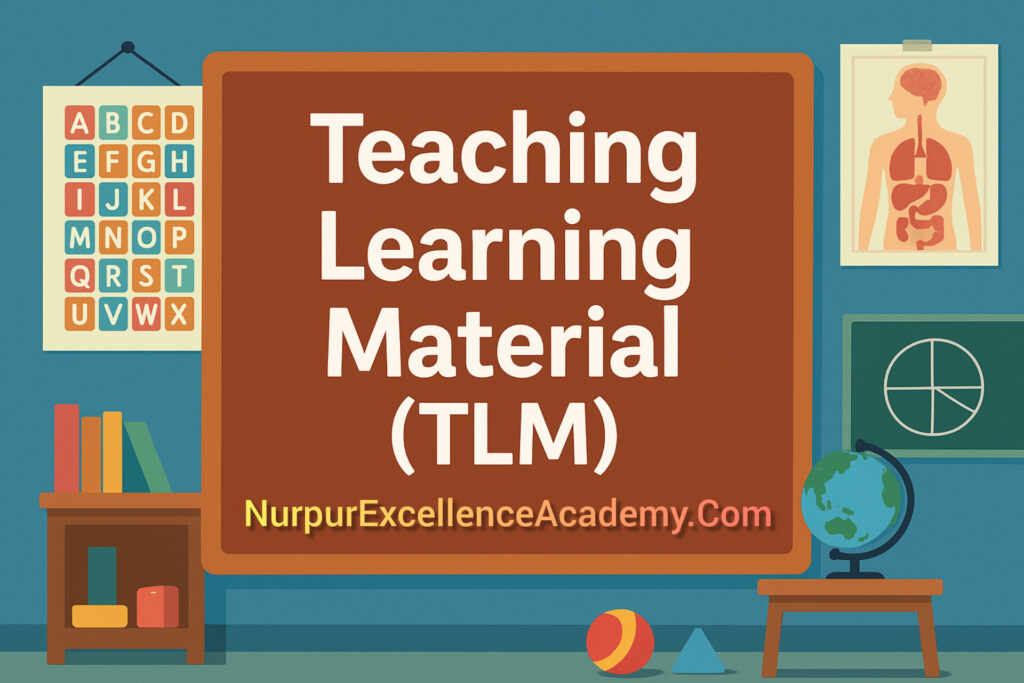
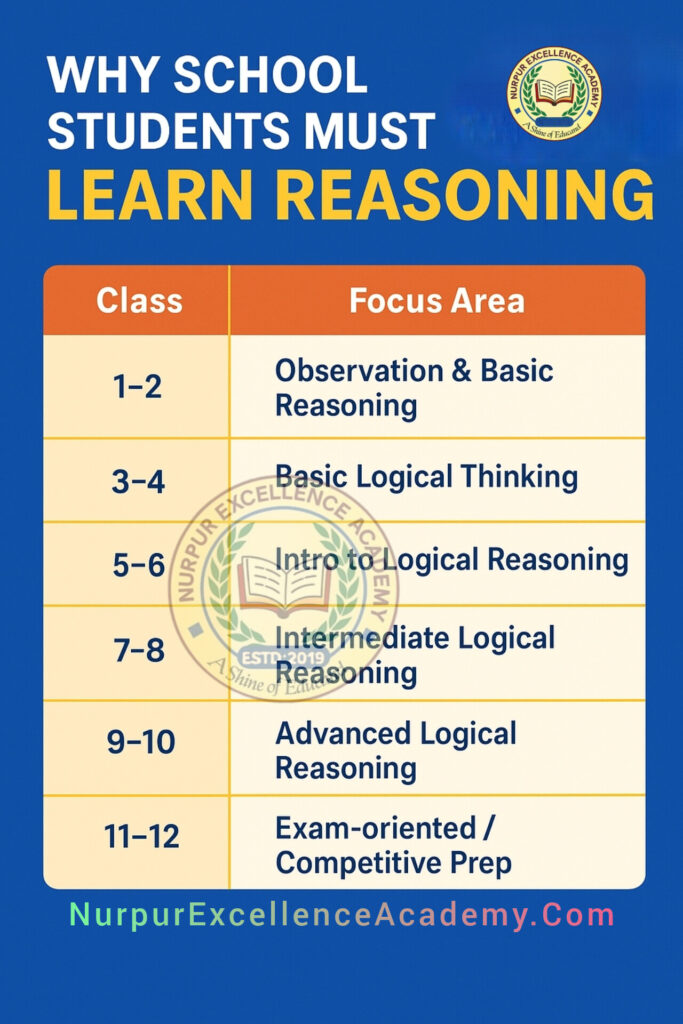
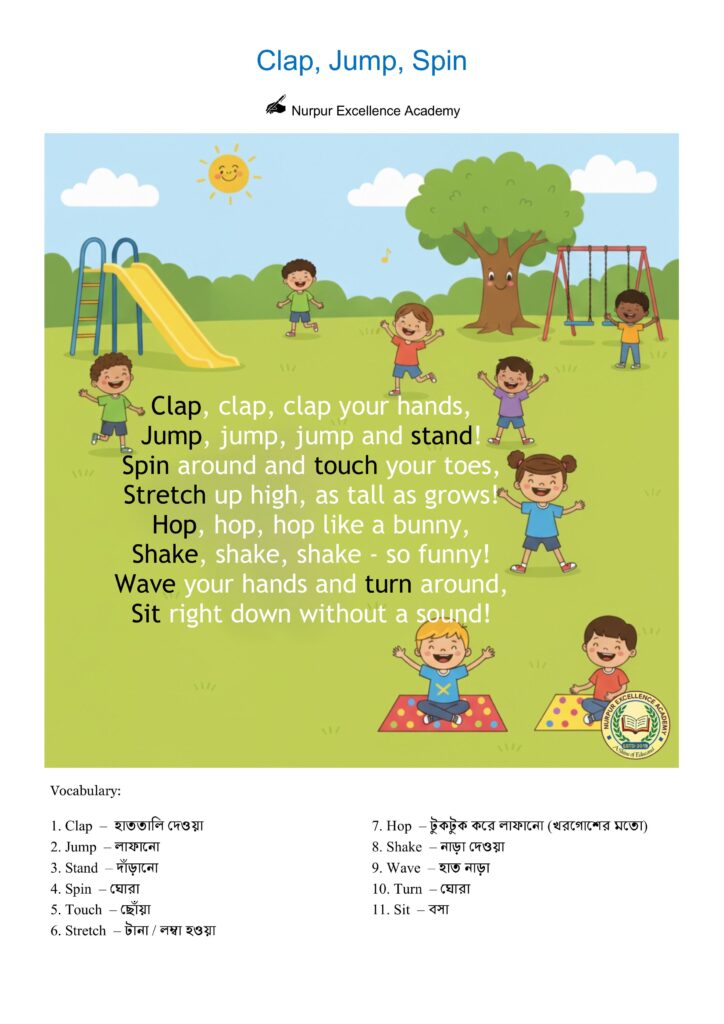
Leave a Reply